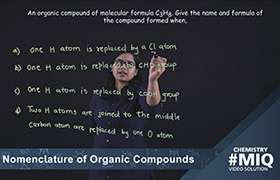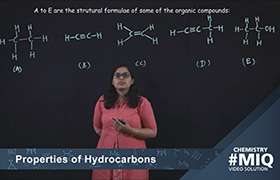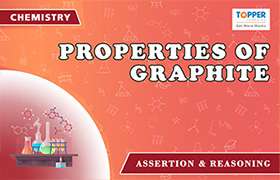CBSE Class 10 Answered
How is covalent bond different from ionic bond?
Asked by Manisha Nayak | 12 Oct, 2012, 08:03: PM
Ionic Bonds:
Ionic bonds are bonds that are formed between two atoms, usually a metal and a non-metal through loosing or gaining an electron. The metal looses one or more electrons and the non-metal gains one or more electrons. What this does is it makes "ions" ions are atoms that are charged because they gained or lost an electron. These ions have a positive (for the metal) or negative (for the non-metal) charge and because of that they attract to each other and form the ionic bond.
Covalent Bonds:
Covalent bonds are usually between two non-metals. Covalent bonds involve atoms that SHARE electrons, these atoms do not loose or gain electrons but instead will share them to gain a full outer energy level. By sharing electrons each atom pulls on them and the atoms form a bond through the electron sharing known as the covalent bond.
Ionic bonds are bonds that are formed between two atoms, usually a metal and a non-metal through loosing or gaining an electron. The metal looses one or more electrons and the non-metal gains one or more electrons. What this does is it makes "ions" ions are atoms that are charged because they gained or lost an electron. These ions have a positive (for the metal) or negative (for the non-metal) charge and because of that they attract to each other and form the ionic bond.
Covalent Bonds:
Covalent bonds are usually between two non-metals. Covalent bonds involve atoms that SHARE electrons, these atoms do not loose or gain electrons but instead will share them to gain a full outer energy level. By sharing electrons each atom pulls on them and the atoms form a bond through the electron sharing known as the covalent bond.
Answered by | 13 Oct, 2012, 09:26: AM
Application Videos
Concept Videos
CBSE 10 - Chemistry
Asked by parthmarch1 | 14 Dec, 2023, 08:27: PM
CBSE 10 - Chemistry
Asked by reetritu34 | 14 Dec, 2023, 07:54: AM
CBSE 10 - Chemistry
Asked by agarwalkrishnam98 | 01 Oct, 2023, 08:28: AM
CBSE 10 - Chemistry
Asked by asra964072 | 18 May, 2022, 10:03: PM
CBSE 10 - Chemistry
Asked by jainnikhil668 | 05 May, 2022, 02:00: PM
CBSE 10 - Chemistry
Asked by gsvjairam | 17 Apr, 2022, 11:32: AM
CBSE 10 - Chemistry
Asked by shubham.sharma80634 | 10 Feb, 2022, 08:43: PM
CBSE 10 - Chemistry
Asked by Trisha Gupta | 25 Jan, 2022, 03:02: PM
CBSE 10 - Chemistry
Asked by Trisha Gupta | 25 Jan, 2022, 03:01: PM
CBSE 10 - Chemistry
Asked by sivaramaraju1000 | 21 Jan, 2022, 09:05: AM











